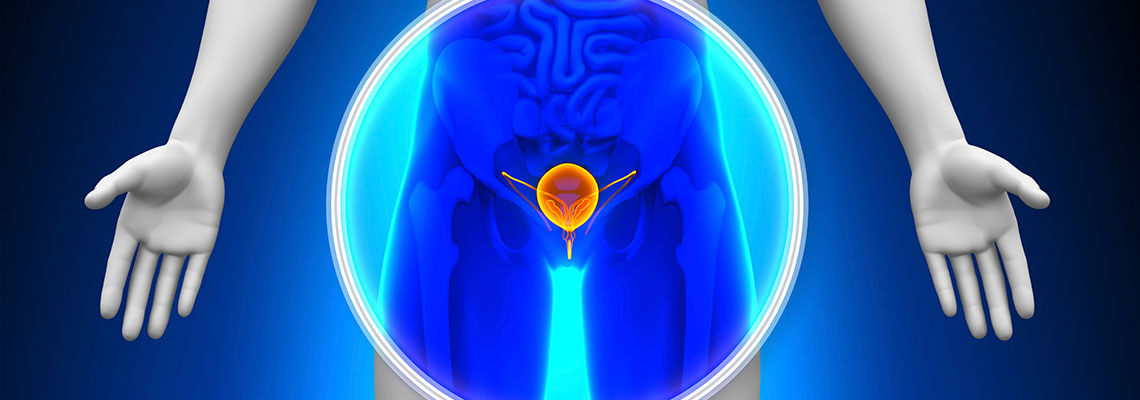Since the 1960s, external beam radiation therapy (ERBT) has been one of the primary treatment modalities for localized prostate cancer management with curative intent. Continuous advances in diagnostic imaging and radiation delivery techniques (from 3D-CRT to IMRT to VMAT) led to accurate target localization, smaller radiation volumes, precise dose delivery with relatively safe dose escalation, and improved toxicity profiles [1].

However, late rectal toxicity often remains a dose-limiting factor of ERBT. Emerging evidence suggests that the use of prostate balloons (endorectal balloon or ERB) can further improve efficiency (dosimetric effects) and reduce the toxicity of modern-day ERBT modalities [2].
Prostate Balloon Benefits and Their Clinical Implications
One of the most often cited benefits of ERB is intrafraction prostate immobilization. According to several studies, the use of ERB prevents clinically significant displacements of the prostate during treatment intervals, especially in anterior-posterior (AP) and lateral (L) direction. 3D movements of >2, 3 and 4 mm were shown to be treatment time-related while displacements of >6 mm were negligible. Displacements of >5 mm were independent of treatment time. In clinical terms, prostate immobilization allows lower planning target volume margins and, in turn, dose escalation (better biochemical management of the disease) and reduced radiation dose to surrounding organs through smaller CTV-to-PTV margins (improved toxicology profile) [2], [3].
ERB also functions as a spacer, increasing rectal wall sparing, especially lateral and posterior walls; the anterior wall is slightly more exposed to radiation. However, the overall volume of rectum within high isodose fields is achieved by rectal wall distension. In clinical terms, lower radiation dose to the rectum (with the use of ERB, the portion of the rectum receiving 70 Gy or more radiation was 25% or lower in all patients) results in a lower incidence of rectal adverse events. In ERB cohort, 83% of the patients experienced no rectal toxicity, 11% experienced Grade 1 rectal toxicity, and 6% experienced Grade 2 toxicity. No Grade 3 or higher toxicity was reported [3].
Treatment Side Effects Associated with the Use of Prostate Balloon
Despite being reported as a well-tolerated immobilization technique, the use of ERB is not entirely without the risk for incidence of adverse effects, especially in patients with pre-existing bowel dysfunctions. The use of ERB in hemorrhoid patients can be very painful, requiring pain management medication or even discontinuation [4]. In addition, the effects of greater AWall exposure to radiation need to be further evaluated.
LB-51017-21
2 Comments »